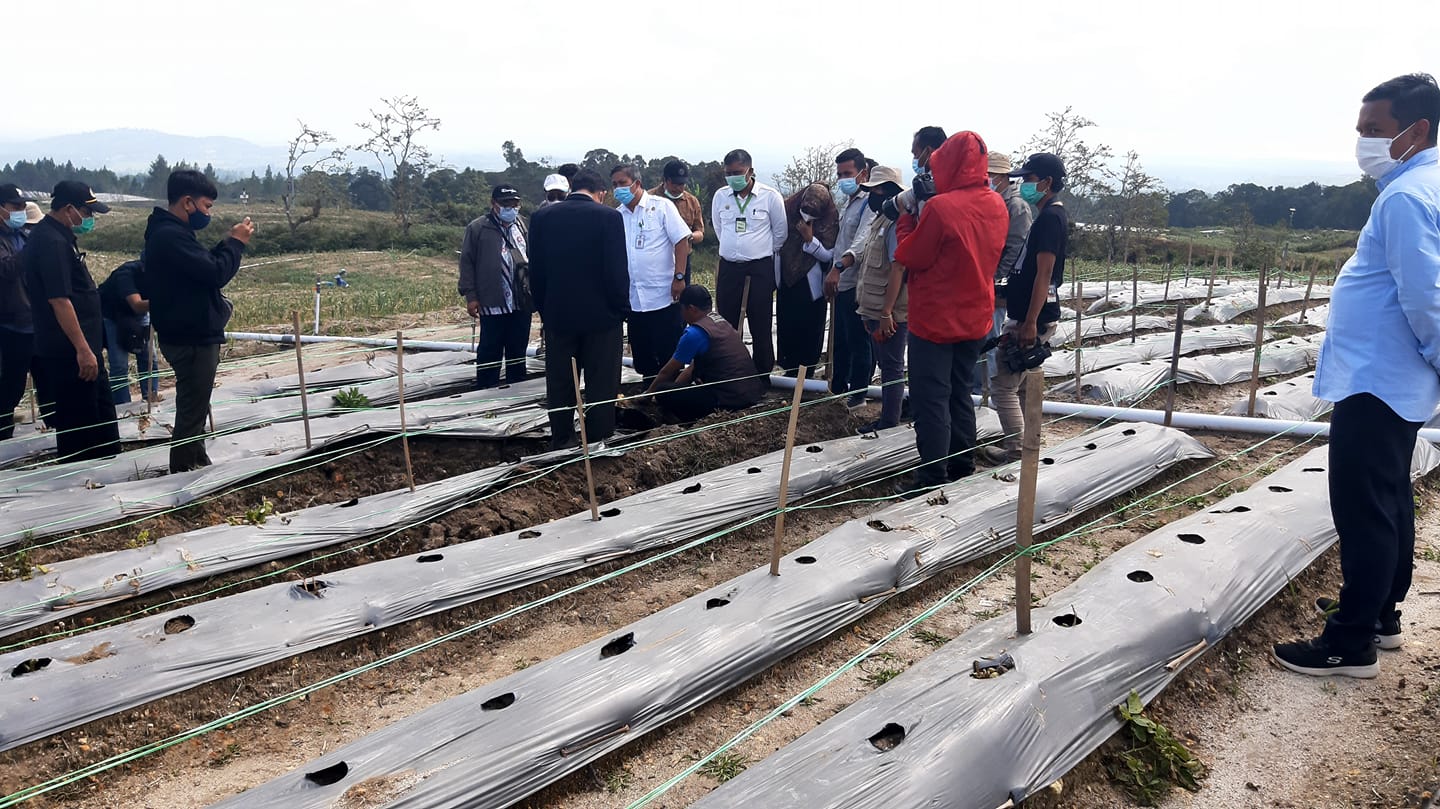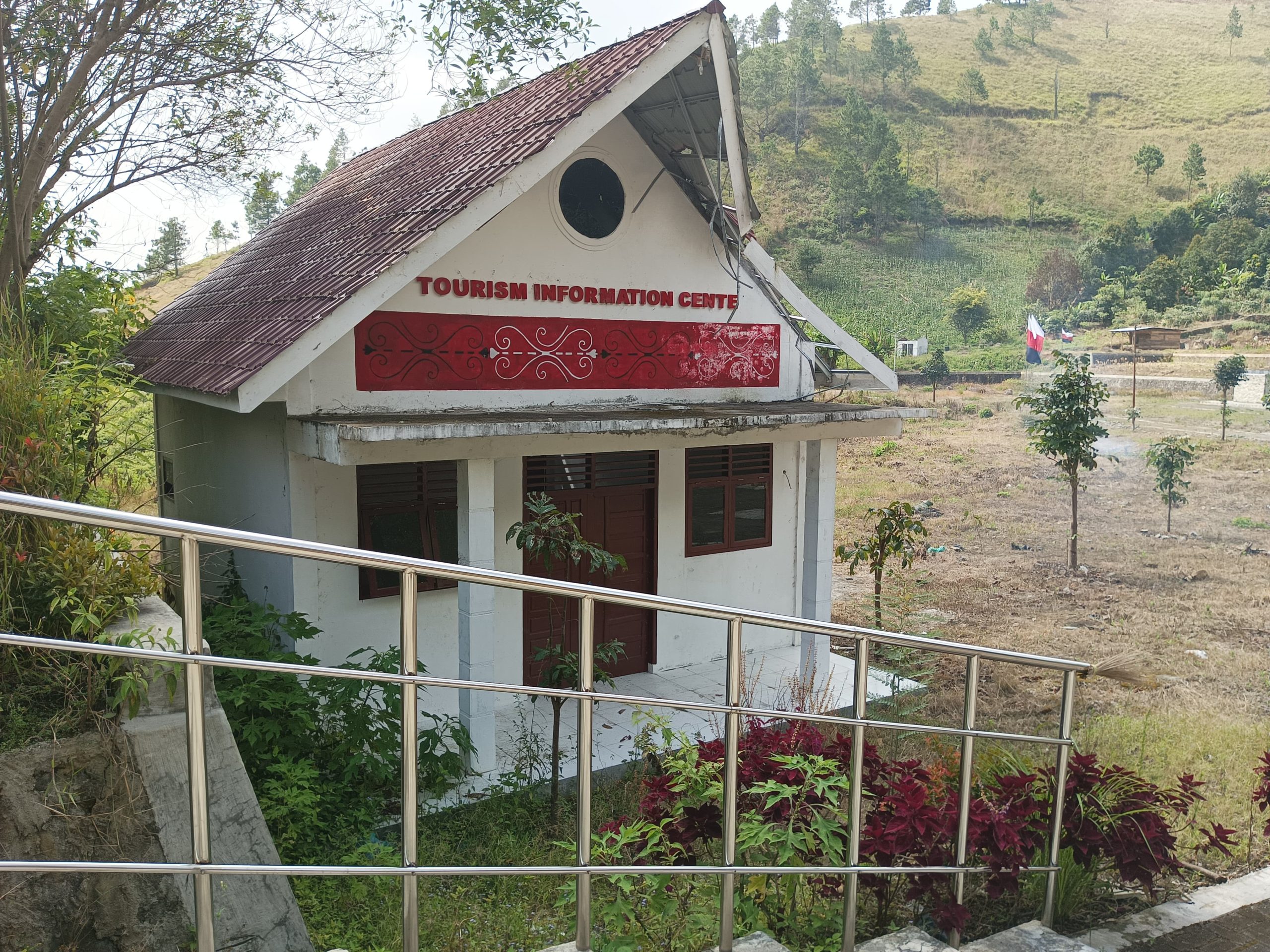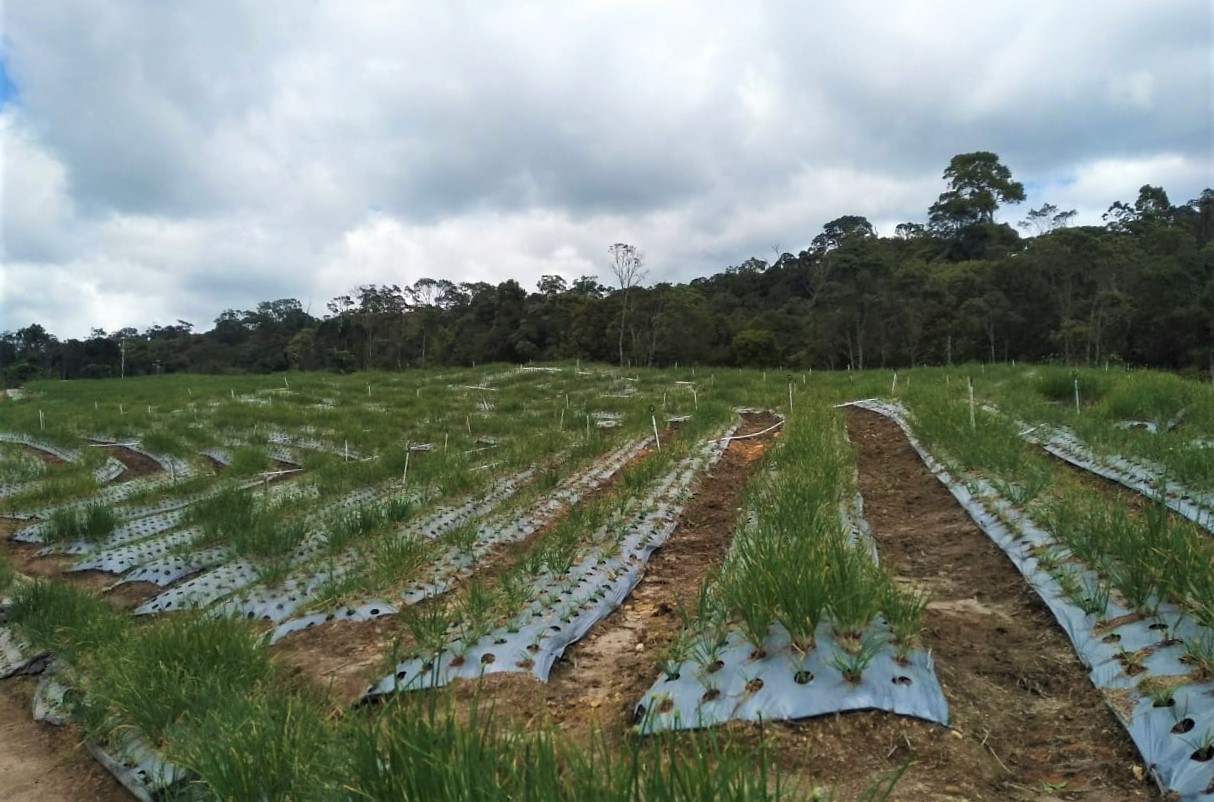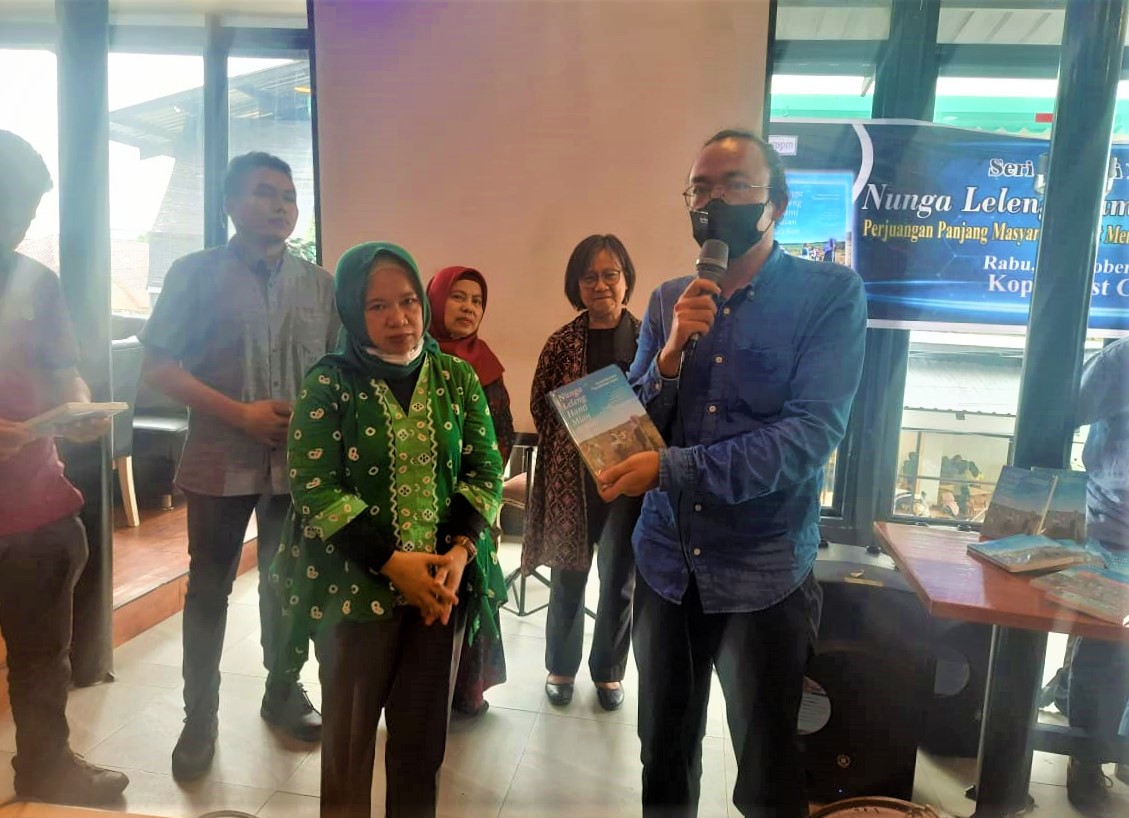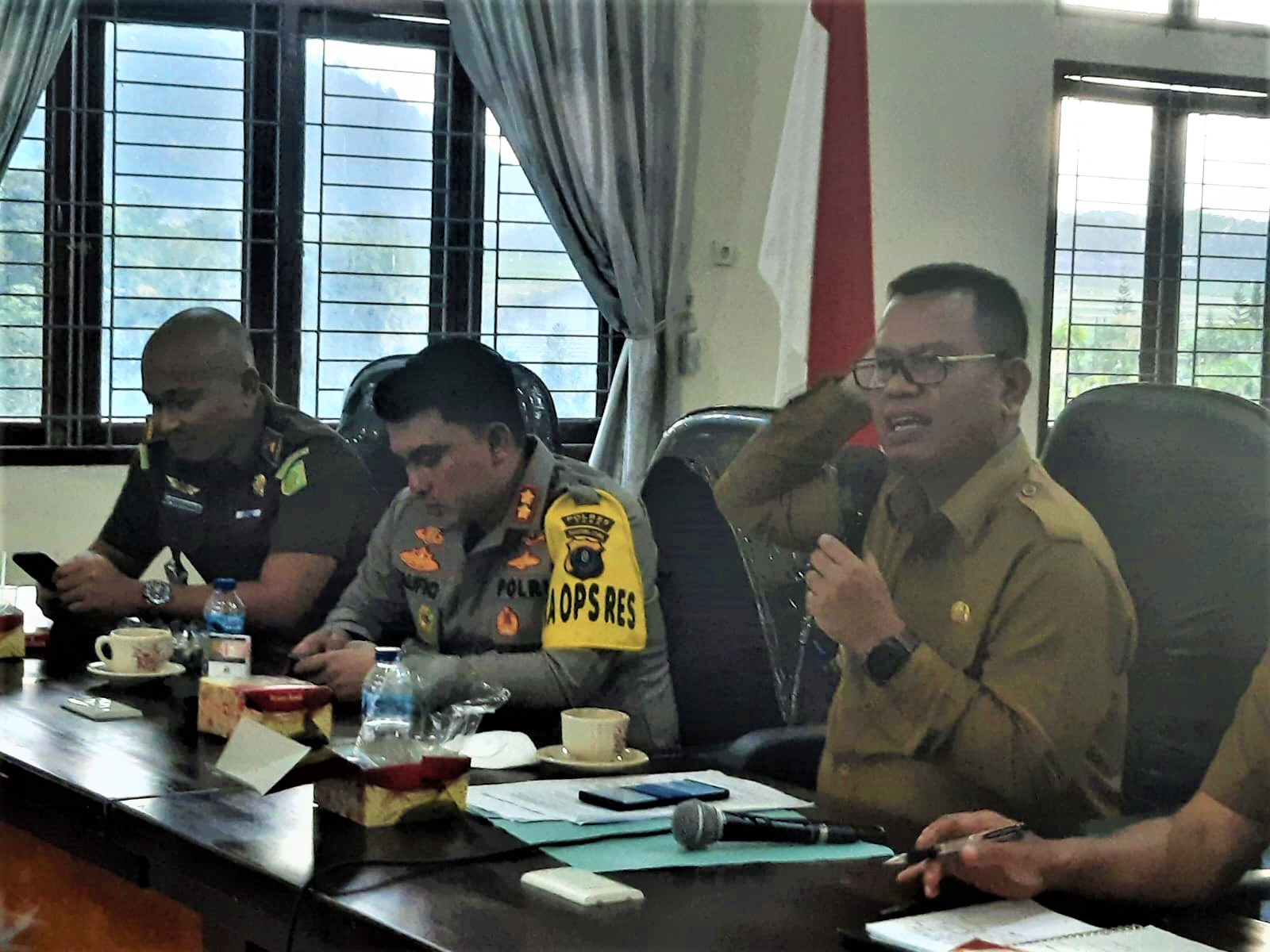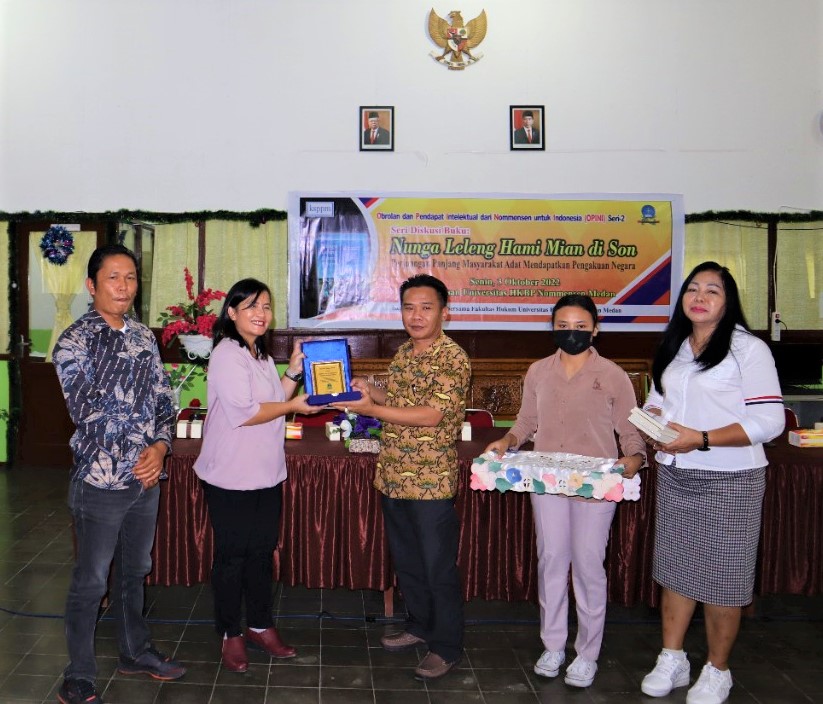Thursday, February 18, 2021, Director General of Horticulture, Prihatso Setyanto, visited Siria-ria Village to see the development of the Food Estate and monitor the first harvest. During the visit there were also representatives from the Research and Development, the Agriculture Office of the Humbang Hasundutan Regency Government, Field Agricultural Extension (PPL), and several media. The Director General interacts with farmers who are working on the land. One of the leaders of the farmer groups stated that they are still enthusiastic, “However, we have one request from the government, so that the government provides a solution so that the irrigation canals be resolved as quickly as possible. Considering that in this location there is no water source, meanwhile shallots really need water, “said one farmer group leader. The Director General then responded, “OK, we will record the aspirations and will coordinate with the Ministry of PUPR”.
Then the Director General interacted with the US, the newly harvested shallot farmers. The US said that their yield from 2 hectares reached 7 tons with conditions that were ready to sell. Then the Director General asked the current price of onions. The US replied that the current price of shallots is Rp. 13,000 per kilo.
Responding to Mr. AS’s answer, the Director General of Horticulture then asked one of the Food Estate supervisors about the production costs for one hectare? “For one hectare we need one ton of seeds at a price of 35,000 / kg pack”, answered the Food Estate officer.
Hearing this statement, the Director General’s disappointed face showed, and said, “Have not calculated the cost of fertilizer, mulch, and the labor force?” Then the Director General chatted with the other group, “How many times have we targeted the yield from one hectare”? Then one of the group replied, “10 tons from one hectare sir”.
Siria Ria Village is one of the areas for developing the Food Estate program. Currently 215 ha has been planted with shallots, garlic and potatoes. Of these 215 hectares, it is then divided into two works, namely, 15 hectares are managed by Defarm Research and Development, while 200 hectares are managed by 7 farmer groups. For the first stage, all financing is borne through APBN funds.
The land which is 215 hectares has now been divided into ownership. Some have been certified and some have not, because they still have communal ownership. The land ownership area in the food estate managed by the community varies from 1 ha, 1.6 ha, 1.7 ha and the largest is 2 ha.
Based on information in the field, there are differences in the management carried out by Litbang Demfarm and managed by Horti. For those managed by the Research and Development since the land clearing process, the provision of seeds / seedlings, planting, provision of fertilizer / compost, maintenance until the harvest period is fully funded by the government and supervised by the Field Agricultural Extension team. Meanwhile, the one managed by Horti, provided assistance through farmer groups, namely, 10 rolls of mulch / ha, 650 kg of fertilizer / ha, one ton of seeds / ha, 3.2 tonnes of manure / ha, while maintenance costs and harvest costs are the responsibility. private land owner.
Several farmers involved in the project responded to the incessant coverage of the Food Estate crop failure. Of those who said there was a lack of guidance from the government, the land was not ready, they treated it not according to the rules, and there were those who remained optimistic and annoyed with media coverage.
Like what a mother with the initials IS said, “Who said our shallots failed to harvest, it looks like the leaves are not good, but the seeds are really good”.
However, listening to the discussion of the Director General group above, there are many things that need to be considered in the future. One of them is the analysis of the project effort. Given that the program uses a large amount of funds. Referring to the statement of the Minister of Agriculture, Syahrul Yasin Limpo, on September 19, 2020, that the development of a horticultural Food Estate for shallots, garlic and potatoes in Humbang Hasundutan, North Sumatra has a budget of IDR 46.3 billion.
(https://www.cnnindonesia.com/…/kementan-dapat-tambahan…)
If we compare the results with the costs already incurred, if two hectares can only produce seven tons, while the price is only Rp. 13,000, the harvest can only cover the purchase of shallot seeds. From the current price, two hectares only produce IDR 91,000,000, while the capital for seedlings for the two hectares is IDR 70,000,000. If you calculate other capital, the purchase of fertilizers, mulch, agricultural medicines and working days, then this project can indeed be said to be a loss project.
Currently, for farmers this may not be too much of a problem, because they are subsidized by the government. However, for state finances, this is a problem, because this project only consumes the State budget. Meanwhile, the economic, social and environmental impacts presented are quite numerous.
The government must really review this Food Estate Project, so as not to repeat the failures of similar projects in the past, such as the million hectare Peatland Development Program (PLG) in Central Kalimantan under President Suharto and Merauke Integrated Food and Energy Estate (MIFEE) Development. ) in the era of President SBY. These two projects, apart from only spending the budget, also had large social and environmental impacts that have had an impact to date. ***

